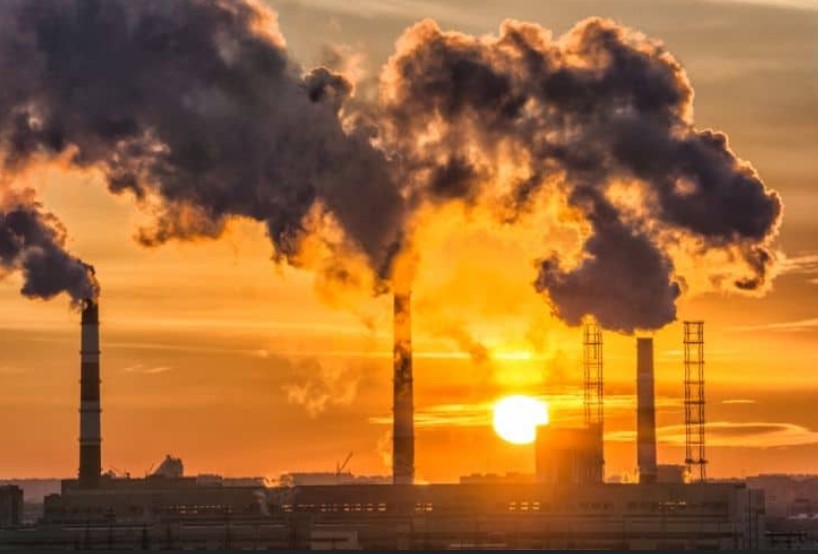
Air pollution refers to the presence of chemicals and other substances in the atmosphere. These chemicals are produced by both manufactured and natural sources. Air pollution can cause or exacerbate ill health effects in humans, such as asthma, emphysema, and respiratory diseases like a chronic obstructive pulmonary disease. A correlation between pollution and increased cases of heart disease and cancer has also been shown. Here are three common sources of air pollution.
1. Traffic Emissions
A large amount of air pollution comes from cars, trucks, trains, planes, and ships, which transport people and goods from one location to another. These vehicles emit carbon monoxide, nitrogen oxide, sulfur dioxide, and other pollutants that contribute to poor air quality. Ozone, which is a harmful gas to breathe, is created from these chemical emissions. If you live near a large highway or airport, it might be beneficial to have sterile air filters VA in your home to reduce the impact of outdoor air pollution.
2. Industry
Many industries use fossil fuels like oil and coal to power their factories, refineries, and plants. In order to produce energy, there has to be some amount of byproduct that gets released into the air, contributing to air pollution. There are some alternatives to producing energy this way, such as solar panels and windmills. But because these alternative methods can be costly to implement, polluting sources of energy remain common in most parts of the world.
People can often smell the chemicals produced by factories when driving past a large industrial plant. However, these chemicals get spread far beyond the factory’s area, being carried by the wind and seeping into water supplies.
3. Agriculture
Agriculture is another leading cause of pollution, mainly to water supplies but also to the atmosphere. Tractors and other vehicles on farms release emissions similar to those released by cars and planes. Furthermore, livestock raised on large farms, such as pigs, chickens, and cows, contributes to the release of gases such as nitrous oxide, ammonia, and methane. Ammonia, for example, is released into the atmosphere via animal waste as well as the fertilizer that is spread on crop fields.
While agriculture is necessary to feed the population, there are some ways to make agriculture a less polluting industry, such as by rotating crops and using renewable sources of energy.
If you live near a large farm, factory, or roadway, you may be exposed to more pollution than someone who does not.
